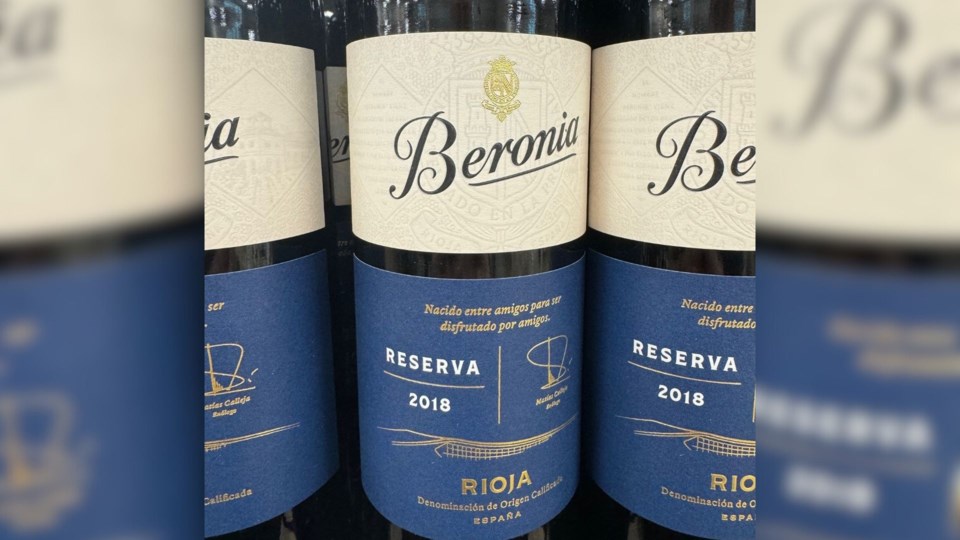Rioja is a wine region in Northern Spain that is known for producing very appealing red and white wines. It is comprised of three subregions: Rioja Alta, Rioja Alavesa and Rioja Baja.
Rioja Alta is located south of the Ebro River with higher elevations. The higher elevation leads to a shorter growing season which generally produces wines with bright fruit flavours and are lighter on the palate.
Rioja Alavesa is located north of the Ebro River and generally produces fuller wines with high acidity. Rioja Baja is the warmest and driest region of Rioja and produces deep-coloured and highly alcoholic wines.
With white wines, the predominant indigenous grape varietal used in Rioja is viura. Viura is a very versatile grape varietal that can produce lighter, easy-to-drink wines and also richer, full-bodied wines. In general, the lighter white wines will have lemon and citrus flavours and the heavier Rioja white wines will spend a significant amount of time being aged in oak.
With red wines, the main grape varietal used in Rioja is Tempranillo, although many wines are blended with smaller amounts of Garnache, Graciano and Mazuelo grapes.
Tempranillo-based wines generally have cherry, dried fig, cedar, and tobacco flavours. Many of the more expensive Rioja red wines will spend a significant amount of time being aged in oak barrels.
There are four levels of classification based on the time the wine spends aging in oak barrels and the overall time spent aging before release.
In general, the longer the wine ages, it more expensive it will be.
However, the wine classification levels do not determine the quality of the wine. The four levels are:
- Joven: these are red wines that spend no time in oak barrels. These will generally be wines that you consume right away and have little aging potential
- Crianza: these are Rioja red wines that are aged at least two years before they are released for purchase. They must spend at least one year aging in oak barrels, with the remaining year aged in bottles.
- Reserva: these are Rioja red wines that are aged at least three years before they are released for purchase. They must spend at least one year aging in oak barrels, with the remaining two years aged in bottles.
- Gran Reserva: these are Rioja red wines that are aged at least 24 months in oak barrels and at least 60 months in total before being released for purchase.
White wines have the same classification system although the amount of time in oak barrels and the total amount of aging before release differs. These are just minimum requirements and some wineries age their wines for additional time.
Fortunately, Rioja red wines are still comparatively easy to find and inexpensive.
BC Liquor Stores carries quite a few red Rioja wines that are delicious and very appealing to both beginner and experienced drinkers.
Some of my favourites are the Bodegas Muga Rioja Reserva ($32.99), Beronia Rioja Reserva ($25.99) and Marques de Caceres Rioja Crianza ($19.99). But don’t take my word for it…go out a buy a bottle and try it for yourself.
Until next time, happy drinking!
Tony Kwan is a Richmond News columnist. Lawyer by day, and a food and wine lover by night. Kwan is an epicurean who writes about wine, food and enjoying all that life has to offer.




